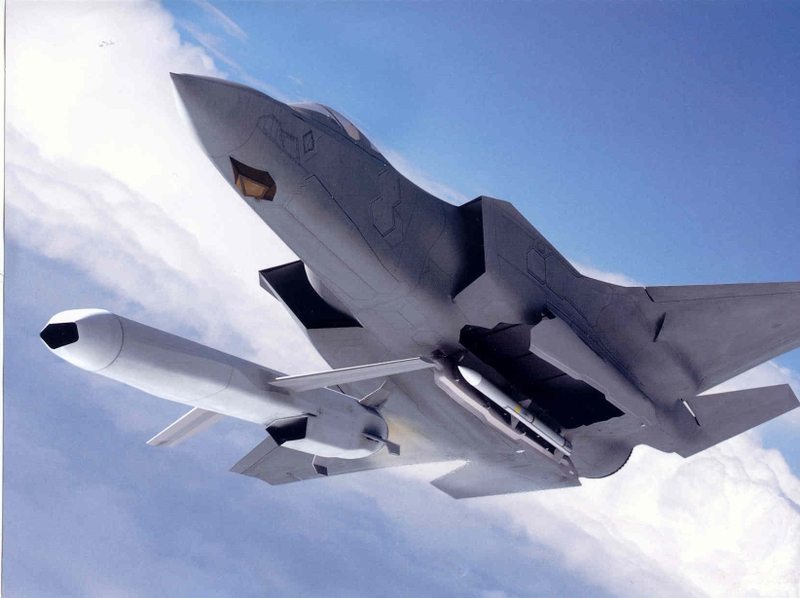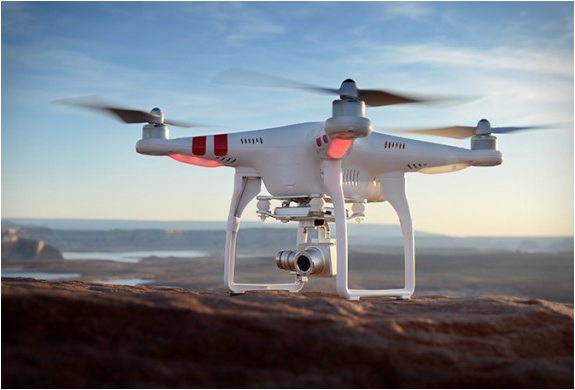In a bid to keep the US military’s technological edge, President Barack Obama’s proposed budget for 2016 calls for an increase in defense spending to pay for high-tech weapons and training.
The $585 billion request for the Pentagon would devote $107.7 billion to big-ticket weapons — an increase of $14.1 billion over the previous budget.
And it would set aside $50.9 billion for the US mission in Afghanistan and the fight against the Islamic State group in Iraq and Syria — a 21 percent decrease in war funding, known as the “overseas contingency operations” fund.
America’s gargantuan military budget far surpasses that of any other country, and exceeds the combined defense spending of the next eight biggest militaries in the world.
Here are the highlights:
Fighters, bombers and spy planes
Obama is asking for $11 billion for 57 new F-35 Joint Strike Fighter jets, a major expansion for the most expensive weapons project in Pentagon history. The previous budget called for buying 38 of the fighter jets.
Apart from the radar-evading F-35s, the budget would invest $2 billion in a new long-range bomber — a project that remains shrouded in secrecy — as well as $3.4 billion for 16 P-8A Poseidon surveillance aircraft and $3 billion for 12 new refueling tankers.
The US Air Force also wants money to keep older aircraft in the air, including the B-52 bomber that dates back to the 1950s.
But the officials plan to retire the A-10 Warthog, a plane beloved by troops for its ability to pound tanks and other targets on the ground. Congress has previously blocked the air force’s attempts to phase out the plane by 2019.
Submarines and other warships
For the US Navy, the budget would purchase two new destroyers for $3.5 billion, two Virginia-class submarines for $5.7 billion, a new amphibious ship for the Marine Corps for $600 million and three littoral combat ships for $1.9 billion — a vessel that is being revamped after a series of problems.
The budget also would invest $2.8 billion in a sophisticated, new aircraft carrier, the Gerald Ford, and set aside $1.4 billion for the new Ohio-class submarine, which is supposed to replace the current fleet of nuclear-powered subs.
But Navy officials have acknowledged the Ohio-class submarines, which will cost an estimated $13 billion each, are so expensive that it will not be able to pay for its other warships without a major boost in funding.
Missile defense and satellites
The Pentagon is seeking $9.6 billion for missile defense programs to counter the potential threat from North Korea and Iran.
The funding would pay for new radar, anti-missile interceptors based on naval ships and for “enhancements” to the troubled ground-based interceptors.
Those ground-based weapons have encountered repeated problems in testing and the budget proposal would fund “modifications to address the root causes of recent flight test failures,” the Pentagon said.
The budget request also calls for more than $5 billion for a range of satellites to bolster communications and intelligence gathering.











